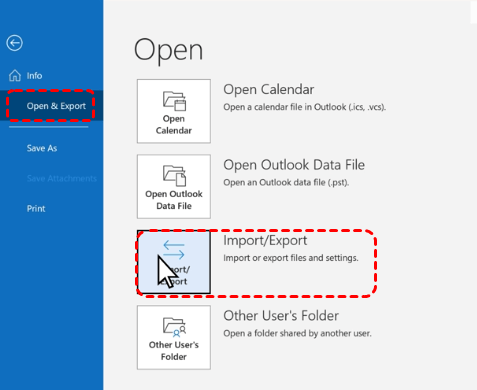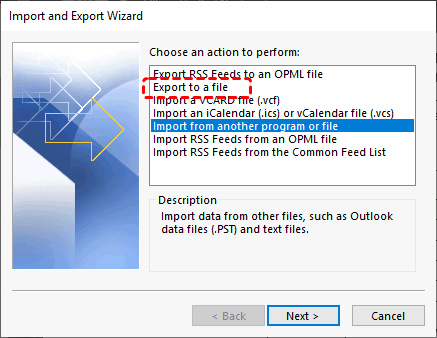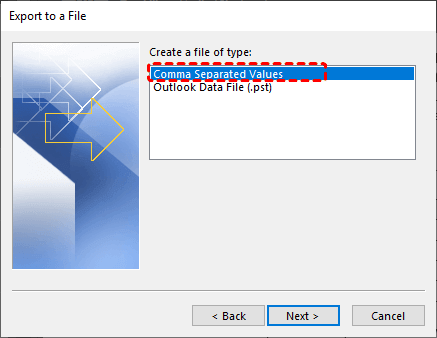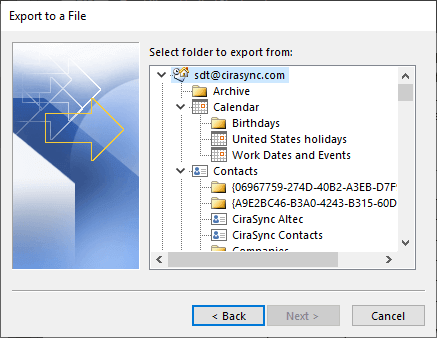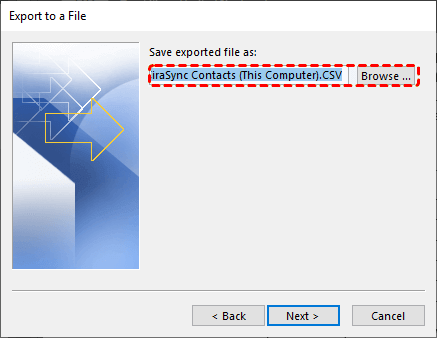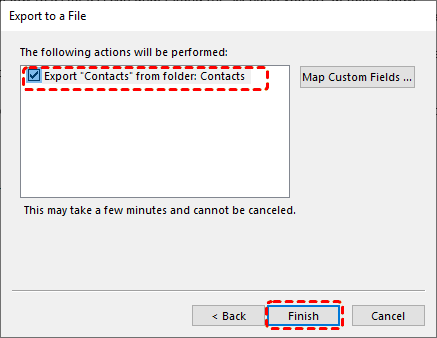Why Exporting Contacts to Excel?
Exporting your Outlook contacts to Excel offers numerous benefits for data management and organization. By transferring your contacts to a spreadsheet format, you gain greater flexibility and control over your contact information. This can be particularly useful for various reasons, such as:
- Data Backup: Exporting your contacts to Excel creates a backup copy of your valuable contact information. In case of data loss or corruption, you can easily restore your contacts from the exported file.
- Data Analysis and Insights: Excel's powerful data analysis tools allow you to sort, filter, and analyze your contacts. You can identify patterns, trends, and valuable insights that can help you make informed decisions.
- Data Sharing and Collaboration: Sharing your contacts with colleagues, business partners, or other individuals becomes more convenient when they are in an Excel format. You can easily share the file via email, cloud storage, or other methods.
- Data Integration with Other Tools: Exported contacts can be seamlessly integrated with other tools and applications, such as CRM software, marketing automation platforms, or other productivity tools. This integration can streamline your workflow and improve efficiency.
How Excel Format Makes Contact Organization Easier
Excel's structured format provides an intuitive way to organize and manage your contacts. You can easily create custom columns to store additional information, such as phone numbers, email addresses, job titles, company names, and more. Additionally, Excel's powerful sorting and filtering capabilities allow you to quickly find specific contacts based on various criteria, such as name, company, or location.
Step-by-Step Guide: How to Export Outlook Contacts to Excel
Next we’ll show you exactly how to export Outlook contacts to Excel for easy management, organization, and backup. You’ll learn the essential steps for exporting contacts smoothly and efficiently, along with tips to ensure your data is accurately transferred into an Excel or CSV format for better accessibility. Let’s dive in and make contact exporting straightforward!
Part 1. Preparing Your Outlook Contacts for Export
Before exporting your contacts, it's essential to ensure they are clean and organized. Consider the following tips:
- Remove Duplicate Contacts: Identify and remove any duplicate entries in your contact list to avoid unnecessary clutter and confusion.
- Update Contact Information: Verify that all contact information, such as names, email addresses, and phone numbers, is accurate and up-to-date.
- Organize Contacts into Folders: If you have a large number of contacts, consider organizing them into folders based on criteria like job title, company, or location. This will make the export process more efficient.
Part 2. Exporting Outlook Contacts to Excel on Different Platforms
The steps for exporting Outlook contacts to Excel may vary slightly depending on your Outlook version and platform. However, the general process involves the following steps:
Step 1. Open Outlook: Launch your Outlook application.
Step 2. Navigate to the Contacts Folder: Open the folder containing the contacts you want to export.
Step 3. Select Contacts: Use the keyboard shortcuts (Ctrl+A for Windows, Cmd+A for Mac) or the mouse to select the desired contacts.
Step 4. Export to CSV:
- Click the "File" tab.
- Select "Open & Export."
- Choose "Import/Export.
- "Select "Export to a File" and click "Next."
- Choose "Comma Separated Values" and click "Next."
- Uder the email account you want to export contacts from, select "Contacts".
- Select "Browse..." and go to where you want to save your .csv file.
- Type in a file name and select "OK".
- Finally click on "Finish".
Step 5. Convert CSV. file to Excel
Open the CSV file in Excel. Excel will automatically detect the format and import the data into a spreadsheet. You can then format the data, add columns, and perform other operations as needed. Or you can open the CSV file and save as it to Excel format.
Error Handling for Export Failures
If you encounter any errors during the export process, consider the following troubleshooting steps:
- Check File Permissions: Ensure that you have the necessary permissions to save files to the selected destination folder.
- Close Other Applications: Close any other applications that may be interfering with the export process.
- Restart Outlook: Restarting Outlook can sometimes resolve temporary issues.
- Repair Outlook: If the problem persists, try repairing your Outlook installation.
- Contact Microsoft Support: If none of the above solutions work, contact Microsoft support for further assistance.
Bonus Tip: How to Manage and Back Up Outlook Emails
This article demonstrates “how to export Outlook contacts to excel step by step”. If you’re considering backing up your Outlook, MultCloud can be extremely useful. Trusted by over 3 million users, MultCloud is a multi-cloud management tool that facilitates the transfer or synchronization of files between various cloud services.
For instance, you can save your Outlook emails as PDFs to your computer or cloud drives, such as Google Drive, OneDrive, or Dropbox, in bulk. MultCloud also enables you to access and manage all your cloud or Email accounts via a single application. Currently, it supports more than 30 different cloud services, including Google Drive, OneDrive, Dropbox, Box, Google Photos, iCloud Photos, FTP, WebDav, and more.

- Cloud Transfer: MultCloud can transfer files from one cloud service to another directly without downloading and re-uploading.
- Cloud Sync: With MultCloud, you can easily sync two folders between different cloud services in real-time.
- Cloud Backup: You can backup and restore data between different cloud services automatically.
- Instagram Downloader: MultCloud can help you download Instagram videos, photos, reels and stories to local device or remotely upload them to your clouds.
- Email Migration: You can directly back up and save Gmail emails as PDFs to your computer or cloud drive in bulk.
- Manage all cloud accounts in one place: Connect all your clouds to MultCloud and you'll find it so easy to access and manage multiple cloud storage files with a single login.
MultCloud Supports Clouds
-
Google Drive
-
Google Workspace
-
OneDrive
-
OneDrive for Business
-
SharePoint
-
Dropbox
-
Dropbox Business
-
MEGA
-
Google Photos
-
iCloud Photos
-
FTP
-
box
-
box for Business
-
pCloud
-
Baidu
-
Flickr
-
HiDrive
-
Yandex
-
NAS
-
WebDAV
-
MediaFire
-
iCloud Drive
-
WEB.DE
-
Evernote
-
Amazon S3
-
Wasabi
-
ownCloud
-
MySQL
-
Egnyte
-
Putio
-
ADrive
-
SugarSync
-
Backblaze
-
CloudMe
-
MyDrive
-
Cubby

